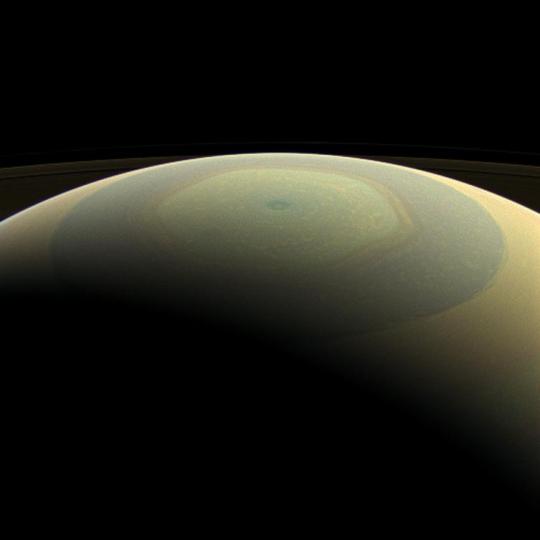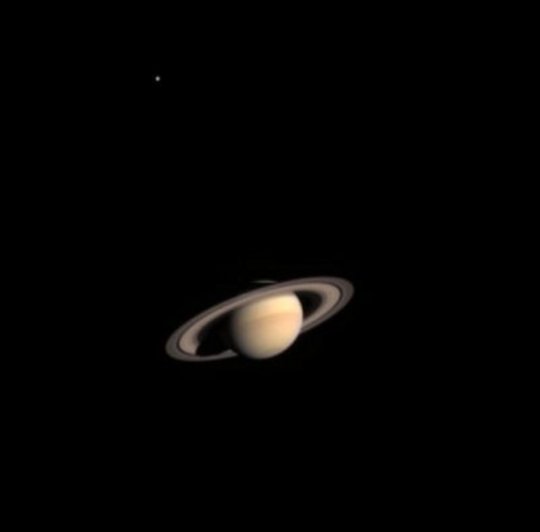Helix, [20y.o., they/them/he]~casually infodumping~#1 TrES-2b enjoyerhttps://ko-fi.com/spacedustcollector
Don't wanna be here? Send us removal request.
Text
Unveiling Saturn- a few lesser known facts

source
Saturn, the majestic ringed planet, often steals the spotlight in our cosmic lineup. But did you know there's more to this gas giant than meets the eye?
1. Saturn's Many Moons: While almost everyone knows Saturn has a bustling entourage of over 80 moons, it’s lesser known why.
Saturn's numerous moons are a result of its massive size and gravitational influence. As the second-largest planet in our solar system, Saturn exerts a powerful gravitational pull, allowing it to capture and retain many objects in orbit around it. Additionally, its proximity to the asteroid belt provides a steady supply of potential moon candidates.
Many of Saturn's moons are believed to have formed alongside the planet during the early stages of the solar system's formation, as material in the protoplanetary disk coalesced to form both the planet and its moons. Others may have been captured later as Saturn migrated in its orbit or as it encountered passing objects.
The complex interplay of gravitational forces among Saturn's moons, as well as tidal effects from Saturn itself, contribute to the diversity and number of moons. Some moons may be locked in resonance with each other, stabilizing their orbits, while others may experience tidal heating and geological activity, shaping their surfaces and interiors.
In summary, Saturn's extensive moon system is a result of its size, gravitational pull, orbital dynamics, and its location in the solar system, making it one of the most moon-rich planets known.
2. The Hexagonal Storm: Deep within Saturn's atmosphere lies a peculiar hexagonal-shaped storm at its north pole (as seen in the image below). This bizarre weather phenomenon, discovered by the Voyager mission in the 1980s, continues to puzzle scientists to this day. How and why it formed remains one of Saturn's enduring mysteries.

3. Saturn's Density Dilemma: Despite being known as a gas giant, Saturn is surprisingly less dense than water! If you could find a bathtub large enough, Saturn would actually float in it. Its low density is due to its composition of mostly hydrogen and helium, making it one of the lightest planets in our solar system.
Who Discovered Saturn?
Saturn's discovery is shrouded in ancient history. While it's difficult to pinpoint a single individual credited with its discovery, the planet has been observed by civilizations throughout history.
Galileo Galilei: In 1610, Galileo became the first person to observe Saturn through a telescope. However, due to limitations in his telescope's optics, he mistook Saturn's rings for large moons on either side of the planet.
Christiaan Huygens: It wasn't until 1655 when Dutch astronomer Christiaan Huygens correctly identified Saturn's rings as a disk surrounding the planet. His discovery revolutionized our understanding of Saturn's unique features.

first ever colored picture taken of Saturn source 1
source 2
#astronomy#astro observations#astro community#saturn#saturn posts#outer space#planets#space#galaxy#milky way#its saturn saturday my guys :D
46 notes
·
View notes